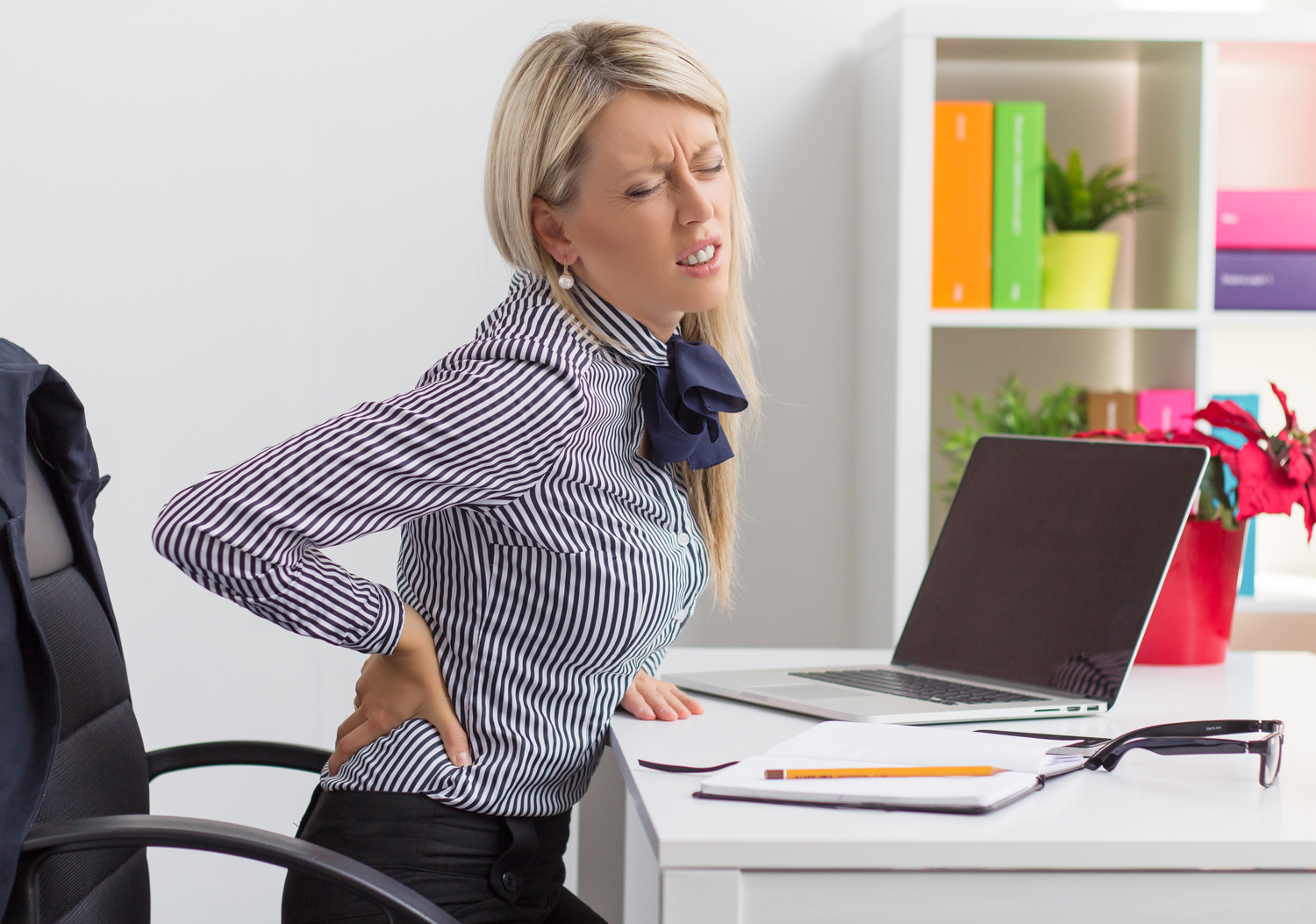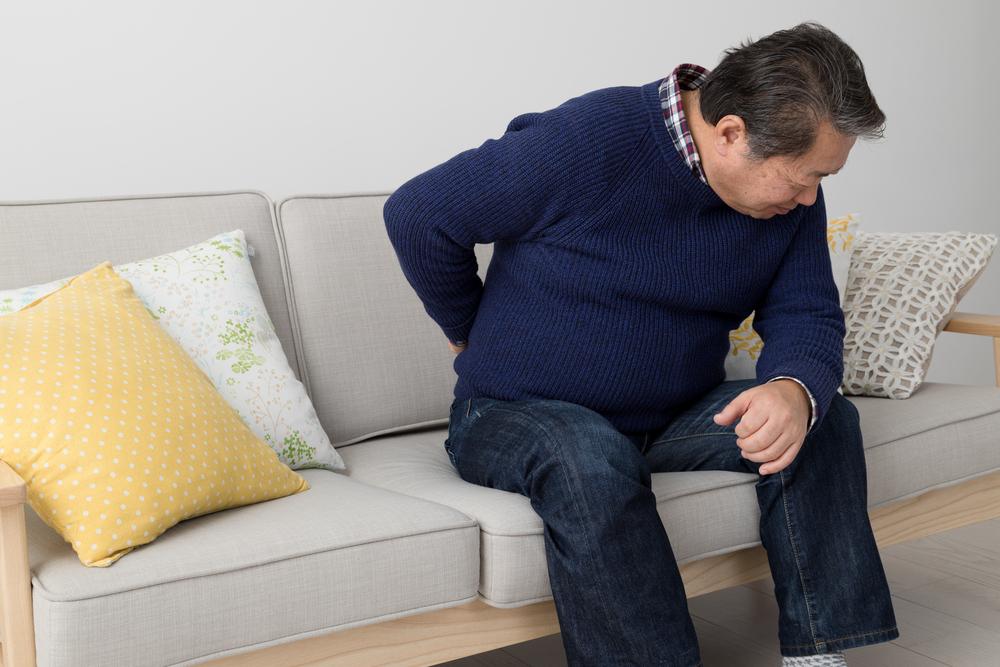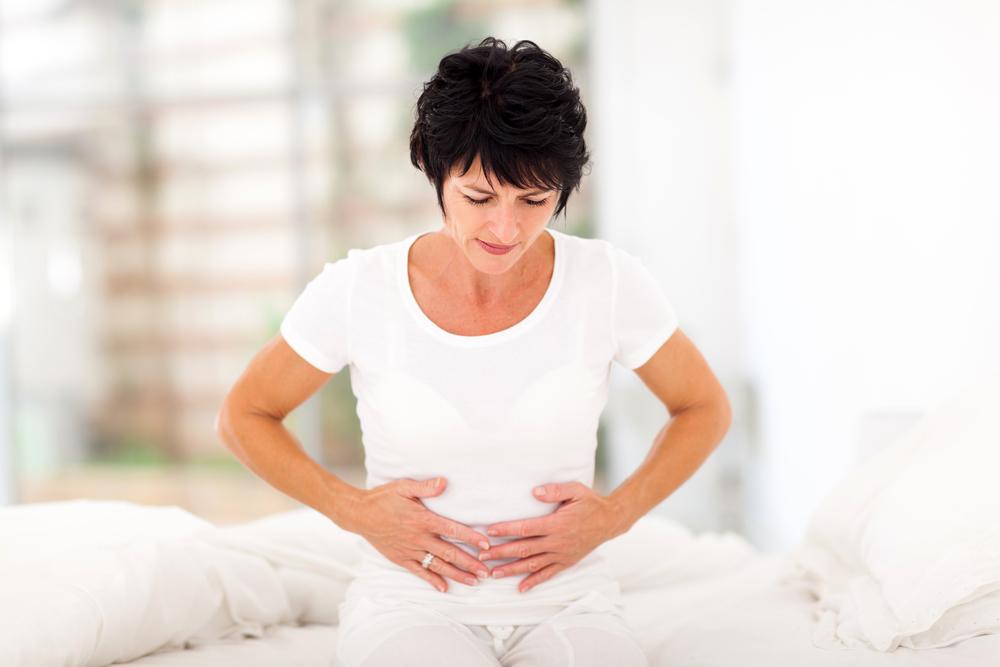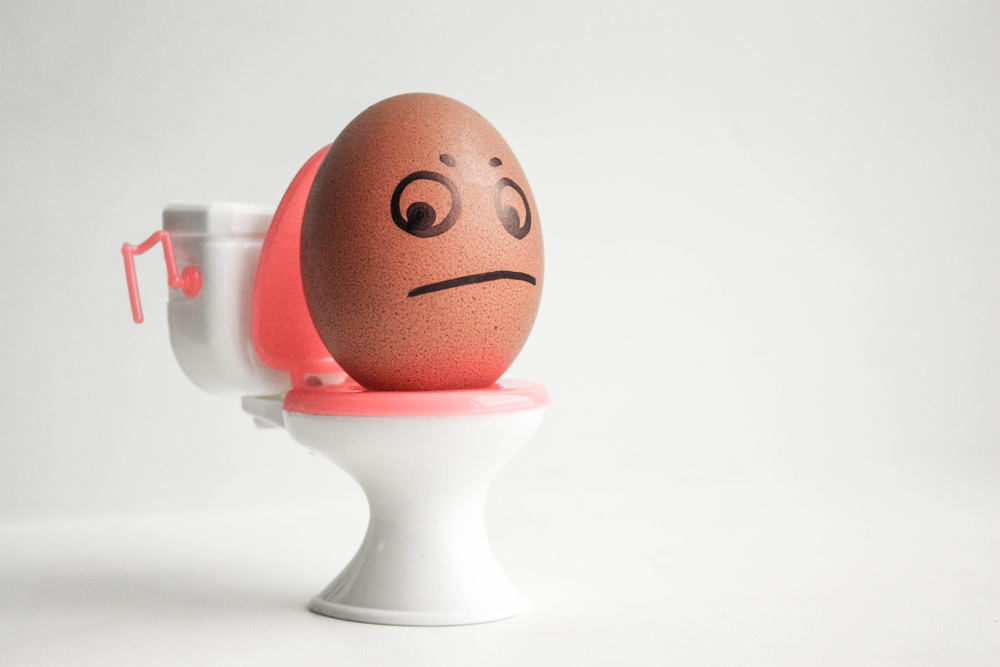Understanding Lower and Upper Back Pain: Causes, Symptoms, and Management
This article explores the various causes, symptoms, and treatment methods for both lower and upper back pain. It emphasizes understanding the complex structure of the back, common problems like muscle strain, disc herniation, and osteoarthritis, along with effective management options, including medication, therapy, and surgery when necessary. Designed to inform readers, it highlights the importance of consulting health professionals for proper diagnosis and treatment to alleviate discomfort and improve quality of life.

Understanding Lower and Upper Back Pain: Causes, Symptoms, and Management
Back discomfort is often a symptom of underlying health issues rather than a standalone condition. It affects different regions such as the lower, middle, and upper back, with pain varying from mild to severe and either persistent or intermittent. The adult population commonly experiences sudden episodes of back pain, with about 80% affected at some point. The back consists of complex structures, including the spine and nerves, which can all contribute to discomfort when affected.
Back pain typically results from strained muscles, ligaments, or tissues. Long-lasting back issues impact approximately 5-10% of sufferers, with acute pain often caused by tissue injury and sometimes leading to complications like weakness or incontinence. Degeneration of discs and joints, common with aging, can also cause chronic back pain, especially in older adults.
Back pain arises from various factors, including muscle overstretching and ligament sprains. Chronic issues might stem from herniated discs pressing on nerves, leading to inflammation and persistent pain. Osteoarthritis affects the facet joints, especially in older individuals, causing joint degeneration that results in discomfort. Spinal deformities and narrowing of the spinal canal (spinal stenosis) can also contribute to chronic pain. Additionally, vertebral slippage (spondylolisthesis) or autoimmune conditions, like rheumatoid arthritis, can be underlying causes.
Signs and Symptoms of Back Pain
Back pain can present with various symptoms including:
Muscle pain that may radiate to arms or legs
Difficulty performing daily tasks like standing, bending, or walking
Sharp or shooting sensations in the back
Severe pain associated with bladder or bowel control issues in some cases
Approaches to Managing Back Pain
Medications such as muscle relaxants, pain relievers, or epidural injections can help alleviate symptoms.
Supportive braces may reduce discomfort and promote healing.
Non-medical treatments like massage therapy and targeted exercises improve blood circulation and supply essential nutrients to the affected area.
In severe cases, surgical intervention might be necessary to resolve structural issues and restore function.
Important Note:
The information shared on this website aims to provide general health insights. While based on credible research, it shouldn’t replace professional medical advice. Always consult healthcare providers for diagnosis and treatment options. The site disclaims responsibility for differing data or missing specific offers and schemes that might be available elsewhere.










